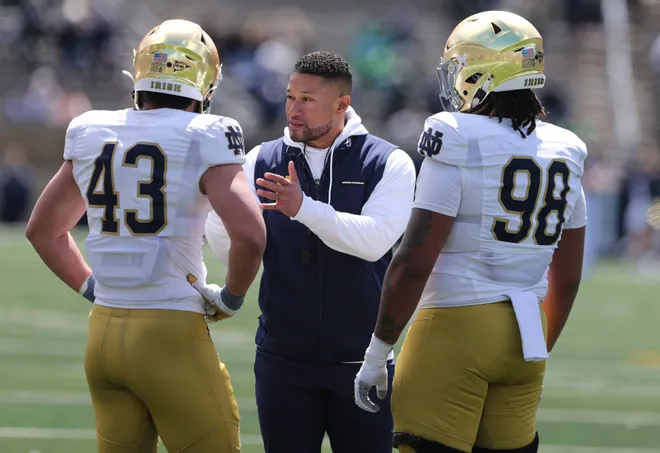The Pac-12, once a powerhouse in collegiate athletics, has experienced a dramatic and unprecedented decline. This storied conference, which once housed some of the most prestigious universities and athletic programs in the nation, now faces an uncertain future. What happened to the Pac-12, and what remains of this once-great conference?

The Glory Days of the Pac-12
The Pac-12 was established in 1915 as the Pacific Coast Conference and later evolved into the Pac-12 as we know it today. It was a dominant force in college sports, particularly in football and basketball. The conference’s members, including iconic institutions like USC, UCLA, Stanford, and Oregon, were known for their fierce rivalries, passionate fan bases, and storied traditions.
For decades, the Pac-12 was a proud member of the Power Five conferences, a group that included the Big Ten, SEC, ACC, and Big 12. These conferences represented the pinnacle of college athletics, attracting top-tier talent and competing for national championships. The Pac-12 produced numerous Heisman Trophy winners, NCAA champions, and future NFL stars. Its teams were regularly featured in prime-time games, and the conference was synonymous with excellence on and off the field.
The Beginning of the End
The Pac-12’s troubles began in the mid-2010s, as the conference struggled to keep pace with the rapidly changing landscape of college sports. The rise of lucrative television contracts and the increasing influence of media companies created a competitive environment where the Pac-12 lagged behind its peers.
One of the most significant blows came in 2021 when the University of Southern California (USC) and the University of California, Los Angeles (UCLA) announced their departure to the Big Ten. This shocking move was motivated by the schools’ desire to increase their exposure and revenue, as the Big Ten’s television contracts were far more lucrative than those of the Pac-12.
The departures of USC and UCLA sent shockwaves through the conference and sparked a domino effect. Other schools, sensing instability and fearing they might be left behind, began exploring their options. The University of Oregon and the University of Washington, two of the Pac-12’s most prominent programs, also made the decision to leave, further weakening the conference.
The Mass Exodus
By the time the dust settled, the Pac-12 had been gutted. The remaining schools, which include Stanford, California, Arizona, and Arizona State, found themselves in a precarious position. With most of the conference’s flagship programs gone, the Pac-12’s status as a Power Five conference was effectively over.
The loss of these schools also had a profound impact on the conference’s media rights deals. Without the draw of its top programs, the Pac-12 struggled to secure a lucrative television contract, further diminishing its financial standing. The once-proud conference now found itself on the brink of collapse.
What Remains of the Pac-12?
As of 2024, the Pac-12 is a shell of its former self. The remaining schools are left to pick up the pieces and navigate an uncertain future. Some have considered merging with other conferences or forming a new alliance, but these efforts have yet to bear fruit. The possibility of the Pac-12 continuing as a standalone conference seems increasingly unlikely.
The decline of the Pac-12 is a cautionary tale about the shifting dynamics of college sports. The conference’s inability to adapt to the changing landscape, coupled with the exodus of its top programs, has left it in a weakened state. While the future of the remaining schools remains uncertain, one thing is clear: the Pac-12 as we once knew it is gone.
The Impact on College Sports
The collapse of the Pac-12 has far-reaching implications for college sports as a whole. The Power Five conferences have been a cornerstone of college athletics for decades, and the loss of one of these conferences represents a seismic shift in the landscape. The departure of so many schools has also created a ripple effect, as other conferences scramble to adjust and maintain their own stability.
For fans, the loss of traditional rivalries and the reshuffling of conference alignments have been difficult to accept. The annual matchups between USC and UCLA, Oregon and Washington, and Stanford and Cal were some of the most anticipated games of the year. Now, those rivalries may be relegated to history.
What’s Next for the Pac-12?
As the Pac-12 continues to grapple with its uncertain future, many questions remain. Will the remaining schools be able to forge a new path forward, or will they be forced to join other conferences? What will become of the Pac-12’s storied history and traditions? Only time will tell.
For now, the Pac-12 stands as a stark reminder of how quickly things can change in college sports. The conference that once dominated the West Coast and played a pivotal role in shaping the landscape of college athletics is now fighting for its survival. While the future remains uncertain, the legacy of the Pac-12 will not be forgotten.
For more insightful sports analysis and the latest updates, visit Digital Digest.




